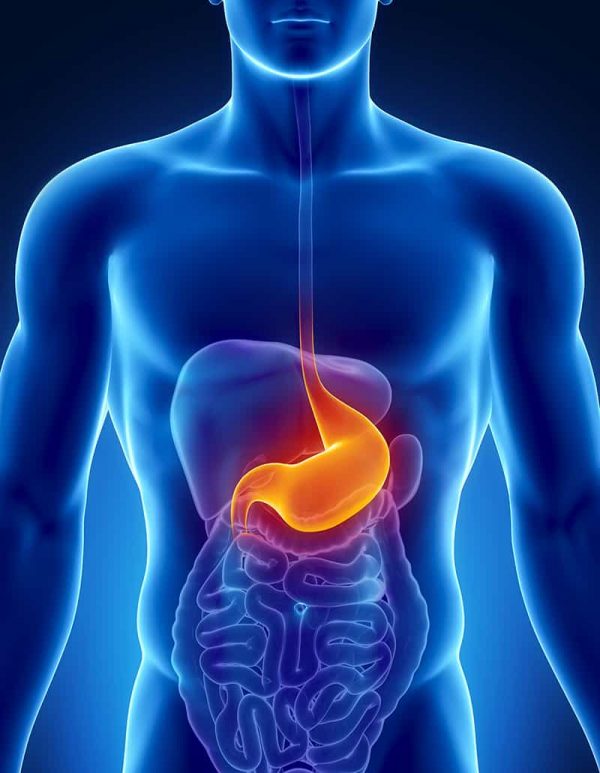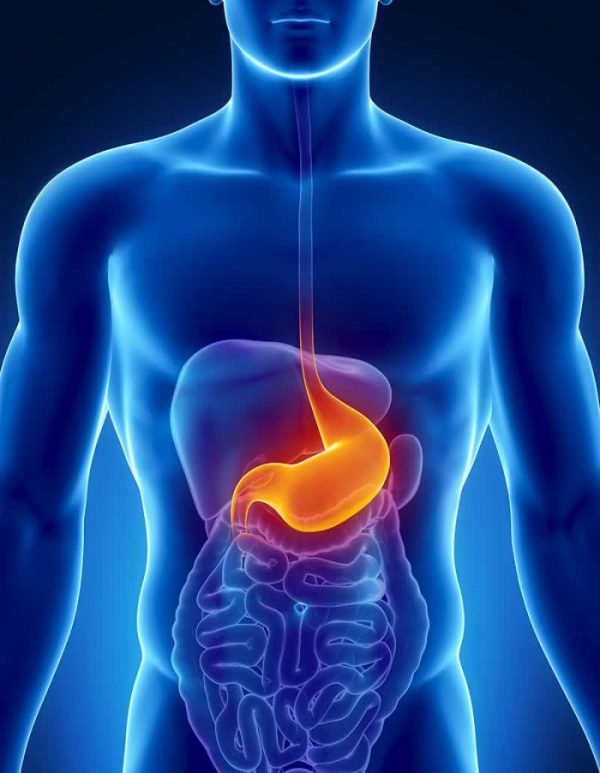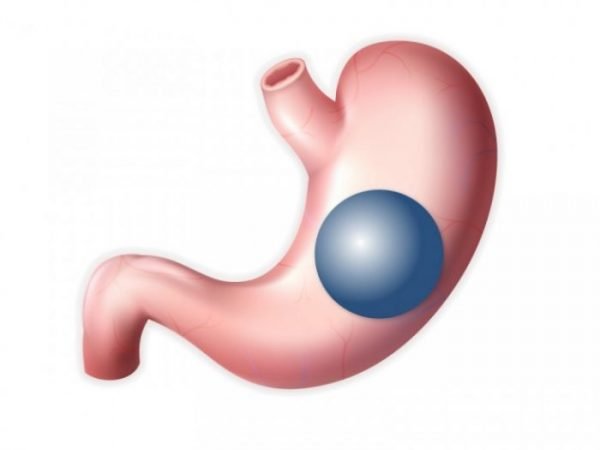ABOUT GASTRIC SLEEVE
Gastric sleeve surgery, which may also be referred to as sleeve gastrectomy, is a type of weight-loss surgery in which a large part of the stomach is removed. As a result, the remaining stomach is only around 25% of the size, meaning patients must eat smaller portions, and must modify their diet.
The surgery is usually only performed on patients who are morbidly obese, with a BMI (body mass index) of 40 or more, and after non-surgical weight-loss methods have failed. However, it may also be performed on patients who have a BMI of 35-40 who have health conditions which may threaten the patients health when combined with obesity, such as diabetes, sleep apnea, high blood pressure or osteoarthritis.
The surgery is irreversible, however it is usually very successful in achieving weight-loss. The procedure can be performed as an open surgery or laparoscopically and involves removing over half of the stomach, and stapling the remaining part together which is small and shaped like a thin tube. Patients can only consume small portions of food afterwards.
Recommended for
- Patients who have a BMI of 40 or higher and have failed to lose weight through change of diet or exercise
- Patients with a BMI of 35-40 who also have health conditions such as diabetes, sleep apnea, high blood pressure or osteoarthritis
TIME REQUIREMENTS
- Number of days in hospital 1 – 3 days
- Average length of stay abroad 2 weeks.
After gastric sleeve surgery, the patient will need to be cleared by the surgeon before flying.

COMPARE GASTRIC SLEEVE PRICES AROUND THE WORLD
| Country | Cost |
|---|---|
| Thailand | 13357€ |
| United Arab Emirates | 8075€ |
| Dominican Republic | 7626€ |
| Poland | 5990€ |
| India | 4103€ |
| Tunisia | 4000€ |
| Mexico | 3882€ |
HOW TO FIND QUALITY TREATMENT ABROAD
BEFORE GASTRIC SLEEVE ABROAD
Patients will need various tests and exams ahead of surgery and will have to follow a diet plan. The consulting doctor will usually advise the patient about discontinuing any medicines and prescriptions. Patients are likely to be advised to follow a physical activity program and to abstain from smoking.
Patients with complex conditions may benefit from seeking a second opinion before beginning a treatment plan. A second opinion means that another doctor, usually an expert with a lot of experience, will review the patient’s medical history, symptoms, scans, test results, and other important information, in order to provide a diagnosis and treatment plan. When asked, 45% of US residents who received a second opinion said that they had a different diagnosis, prognosis, or treatment plan.
HOW IS IT PERFORMED
Gastric sleeve surgery is can be performed as an open surgery, however it is most commonly performed laparoscopically, making a few small incisions.
The surgeon removes around 3 quarters of the stomach along the outside curvature. This is performed using a stapling device to create two separate sections; the section to remove, and the sleeve of stomach that will remain.
The unwanted section of stomach is removed through a small incision and the remaining part of the stomach is stapled together. Colored liquid is injected into the remaining section of stomach through a gastroscope to ensure that the new stomach is sealed and there are no leaks.
Anesthesia
General anesthetic.
Procedure duration
The Gastric Sleeve takes 1 to 2 hours.

WHAT TO EXPECT AFTER GASTRIC SLEEVE
Post procedure care
After gastric sleeve surgery, the patient will initially feel pain and may take pain medicine for the first week. The digestive system may need time to readjust, and some patients may experience diarrhea.
The patient will be given dietary advice, which is very important to follow, in order to ensure that they do not miss out on important nutrients. For noticeable weight loss, diet and regular exercise is important.
Possible discomfort
Discomfort and soreness is normal for a few days after surgery.
IMPORTANT THINGS TO KNOW ABOUT GASTRIC SLEEVE
Not recommended for
- Previous gastrectomy patients
- Patients with severe gastroesophageal reflux disease (GERD)
- Patients with Barrett’s esophagus.
Potential risks
- Suture or staple line leaks
- Blood loss
- Organ damage
- Infection
- In rare cases, surgical complications may lead to death
You might also be interested in:
FREQUENTLY ASKED QUESTIONS
Like any other major surgery, gastric sleeve carries a number of risks including an adverse reaction to anesthesia, blood clots, excessive bleeding, heart attack, and infection. Sleeve gastrectomy also carries a risk of gastritis, injury to the stomach or intestines, leaking from the stomach, malnutrition, scarring, and vomiting.
Laparoscopic surgery, also known as “keyhole” surgery, uses small incisions and a camera to perform the operation instead of the usual, much larger incision. This allows for a faster healing time and much less risk of complications.
The surgery itself takes 1 to 2 hours, and you will need to recover in the hospital. The usual hospital stay is 3-5 days.
Sleeve gastrectomy has a very high rate of success. Although the weight loss is not as fast as with gastric bypass, it also has a lower rate of complications. How much weight is lost and whether or not it stays off, depends on whether or not the patient can adhere to a healthy lifestyle after the surgery.
Your surgeon may place a cast on your nose after the procedure. This will probably be in place for about one week and will also help reduce swelling.
Gastric sleeve cannot be reversed as approximately 85% of the stomach is removed during the procedure.
Gastric sleeve surgery works by limiting the amount of food that you can comfortably eat. As the stomach is much smaller, patients feel full very quickly, and must eat very small portions.
As part of the stomach is removed, and the remaining portion is stapled shut, the stomach needs time to heal. During the first month, you will only eat small amounts of soft food and liquids.
After this, you can slowly introduce harder foods, being careful to chew properly. Overeating or not chewing properly can cause stomach pain and even vomiting, so it is important to eat slowly and carefully.
Overeating regularly may slowly stretch the stomach, which in turn can slow down weight loss or result in weight gain once more.












